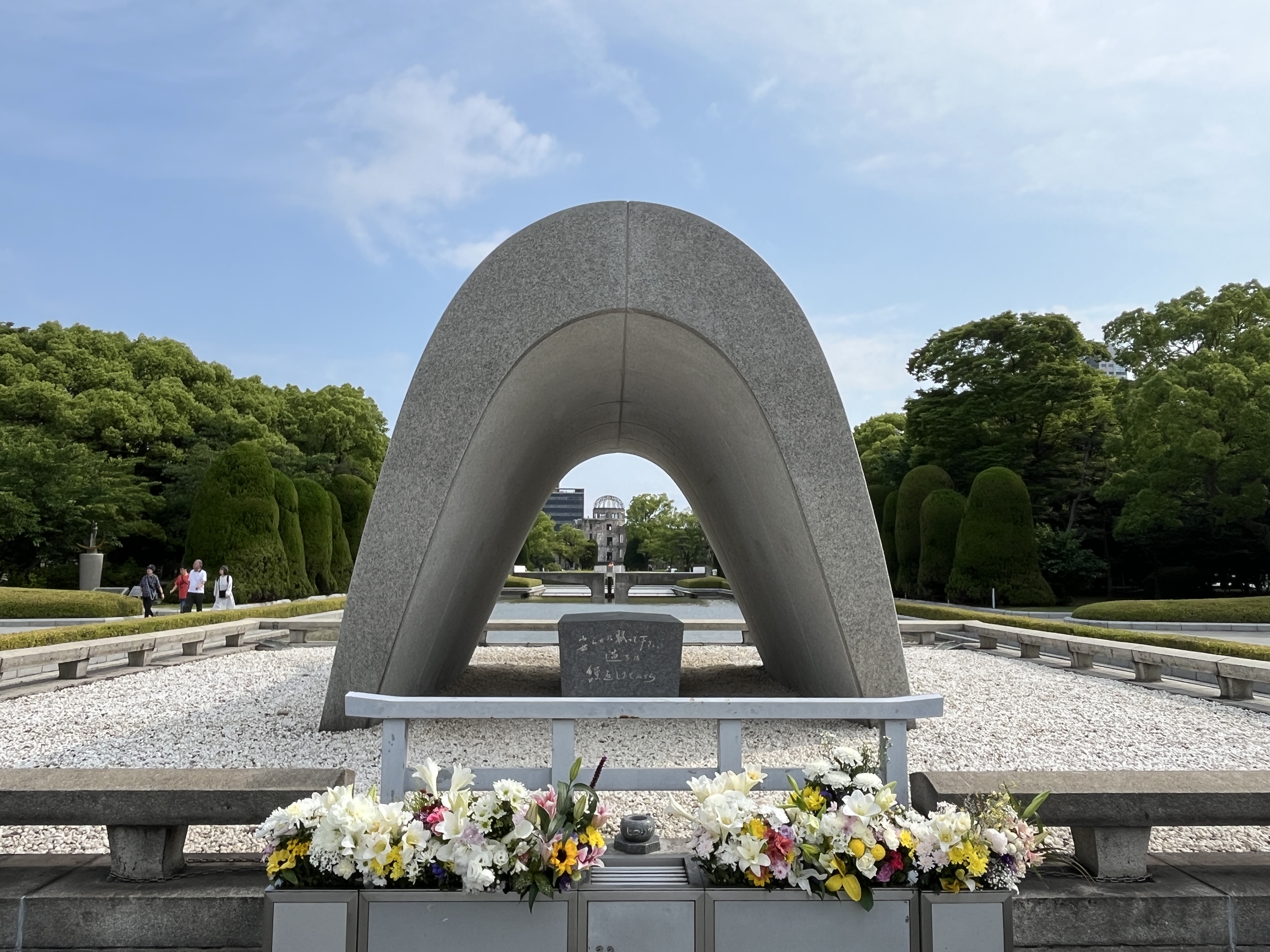Hiroshima Peace Memorial Park: A Visitor’s Guide to History, Reflection, and Hope 🕊️
Are you planning a trip to Japan and looking for a destination that combines powerful history, beautiful scenery, and a message of peace? Hiroshima Peace Memorial Park is a must-visit for any international traveler. This guide will help you make the most of your visit, understand the park’s significance, and leave with a deeper appreciation for peace and resilience.
Why Visit Hiroshima Peace Memorial Park?
Hiroshima Peace Memorial Park (広島平和記念公園, Hiroshima Heiwa Kinen Kōen) is more than just a tourist attraction—it’s a place of remembrance, learning, and hope. Located at the epicenter of the atomic bombing on August 6, 1945, the park was created to honor the victims and promote a future without nuclear weapons. Today, it’s a beautifully landscaped area filled with monuments, museums, and spaces for quiet reflection.
Highlights for International Visitors:
- Experience one of Japan’s most important historical sites
- Learn about the events of World War II and their global impact
- Reflect on the value of peace and the resilience of the human spirit
- Enjoy tranquil gardens and riverside walks in the heart of Hiroshima
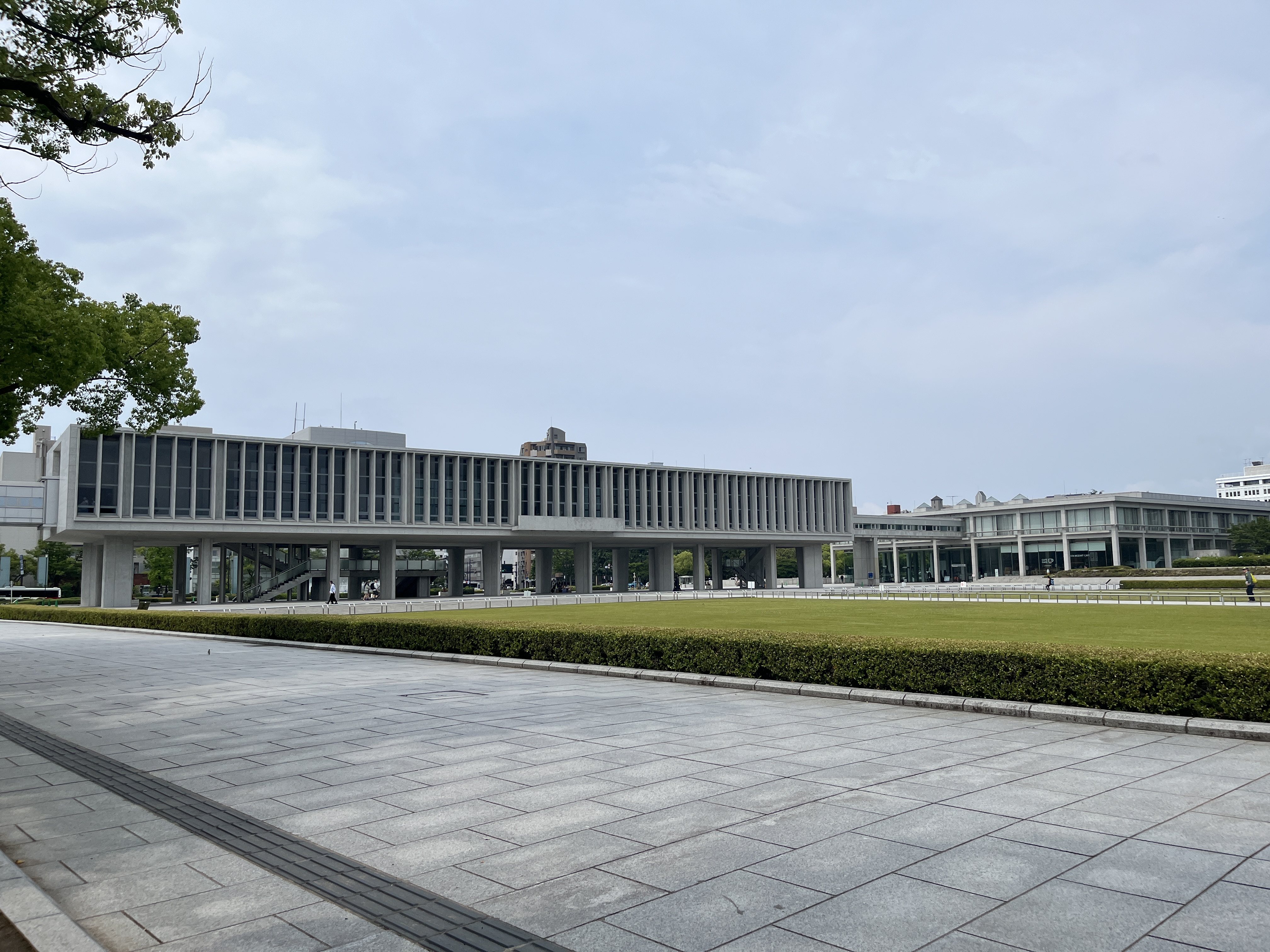
A Brief History: From Tragedy to Peace
The area now known as Hiroshima Peace Memorial Park was once a bustling city center. On August 6, 1945, the world’s first atomic bomb used in war exploded above Hiroshima, instantly changing the city forever. In the years that followed, Hiroshima’s citizens chose not to rebuild this area, but to dedicate it to peace. The park was designed by renowned architect Kenzo Tange and opened in 1954, symbolizing both remembrance and hope for a better future.
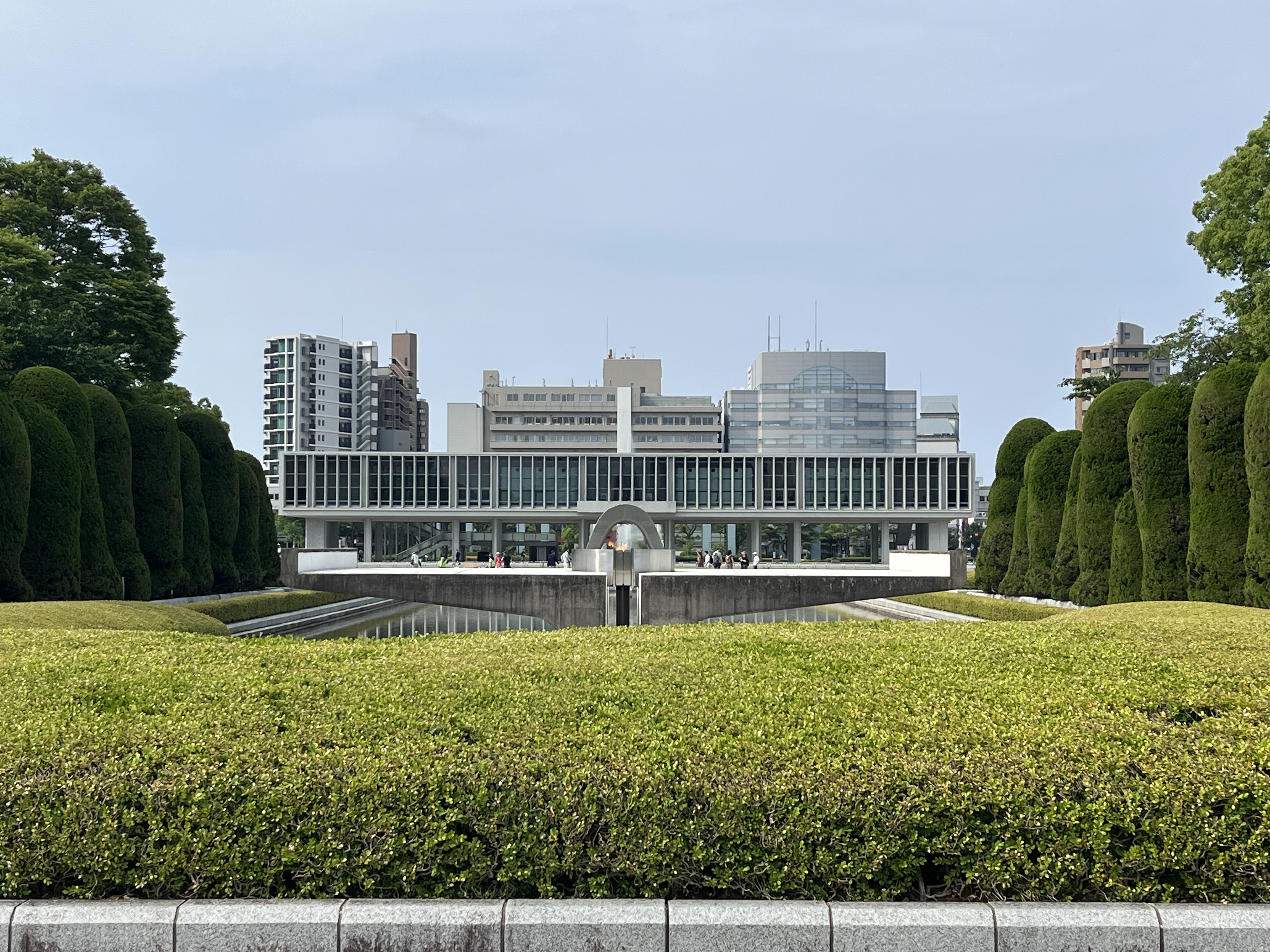
Must-See Sights in the Park
There are many important sites within the park. Here are the ones you shouldn’t miss:
1. Atomic Bomb Dome (Genbaku Dome)
Perhaps the most iconic symbol of Hiroshima, the Atomic Bomb Dome is the skeletal remains of the former Industrial Promotion Hall. It survived the blast almost directly beneath the explosion and is now a UNESCO World Heritage Site. Standing before the Dome, you’ll feel the weight of history and the city’s commitment to peace.
2. Peace Memorial Museum
This museum is the heart of the park. Its exhibits tell the story of Hiroshima before, during, and after the bombing. You’ll see personal belongings of victims, survivor testimonies, photographs, and artifacts that bring the tragedy to life. The museum is moving and sometimes difficult, but it’s an essential experience for understanding the park’s message.
Visitor Tips:
- Allow at least 1–2 hours for the museum
- Audio guides are available in English and other languages
- Some exhibits are graphic; prepare yourself emotionally
3. Children’s Peace Monument
Inspired by Sadako Sasaki, a young girl who died from radiation-induced leukemia, this monument is covered with thousands of colorful paper cranes sent from around the world. It’s a symbol of hope and a reminder of the impact of war on children. You can even bring your own origami crane to add to the display.
4. Cenotaph for the A-Bomb Victims
This arched monument holds a stone chest with the names of all known victims. The inscription reads: “Let all the souls here rest in peace, for we shall not repeat the evil.” Stand in front of the Cenotaph and look through the arch—you’ll see the Flame of Peace and the Atomic Bomb Dome perfectly aligned.
5. Flame of Peace
This eternal flame has burned since 1964 and will remain lit until all nuclear weapons are abolished. It’s a powerful symbol of Hiroshima’s wish for a peaceful world.
6. National Peace Memorial Hall for the Atomic Bomb Victims
A quiet, contemplative space, this hall features a panoramic photo of Hiroshima after the bombing and a register of victims’ names. It’s a place for reflection and prayer, open to all visitors.
7. Peace Bell
Anyone can ring this large bronze bell, which is inscribed with a world map. The clear sound echoes through the park, carrying wishes for peace across the globe.
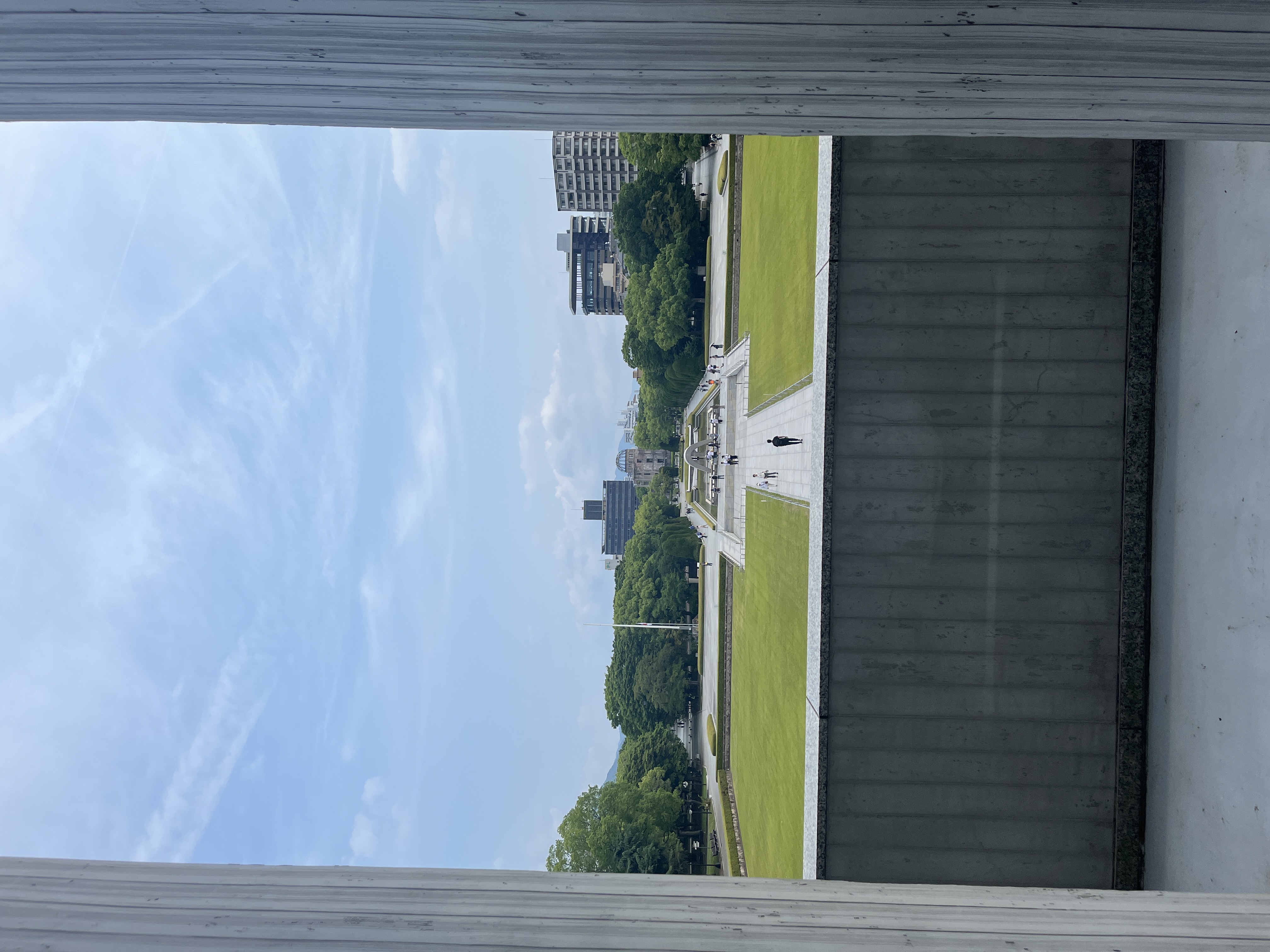
How to Make the Most of Your Visit
- Plan Enough Time: To fully experience the park and museum, set aside at least 2–3 hours. If you want to reflect quietly or visit every monument, allow half a day.
- Start at the Museum: Begin your visit at the Peace Memorial Museum for essential context, then explore the park’s monuments.
- Bring Tissues: Many visitors find the museum and memorials deeply moving.
- Respect the Atmosphere: The park is a place of remembrance. Speak quietly, and be mindful of those who may be mourning or reflecting.
- Photography: Photos are allowed in most areas, but always be respectful, especially near memorials.
- Accessibility: The park is flat and wheelchair-friendly. Museum facilities are accessible, and English signage is available throughout.
Getting There & Practical Information
- Location: Central Hiroshima, a short walk from Genbaku Dome-mae tram stop
- Access: From Hiroshima Station, take tram line 2 or 6 (about 15 minutes)
- Admission: The park is free; museum entry is modest (discounts for students/children)
- Opening Hours: The park is open year-round; museum hours vary by season (check official website)
- Nearby Attractions: Combine your visit with the Hiroshima Castle, Shukkeien Garden, or a day trip to Miyajima Island
Why This Visit Matters
A visit to Hiroshima Peace Memorial Park is more than sightseeing—it’s a chance to connect with history, honor the memory of those lost, and renew your own commitment to peace. Many travelers say it’s the most moving part of their trip to Japan. You’ll leave with a deeper understanding of the past and a sense of hope for the future.
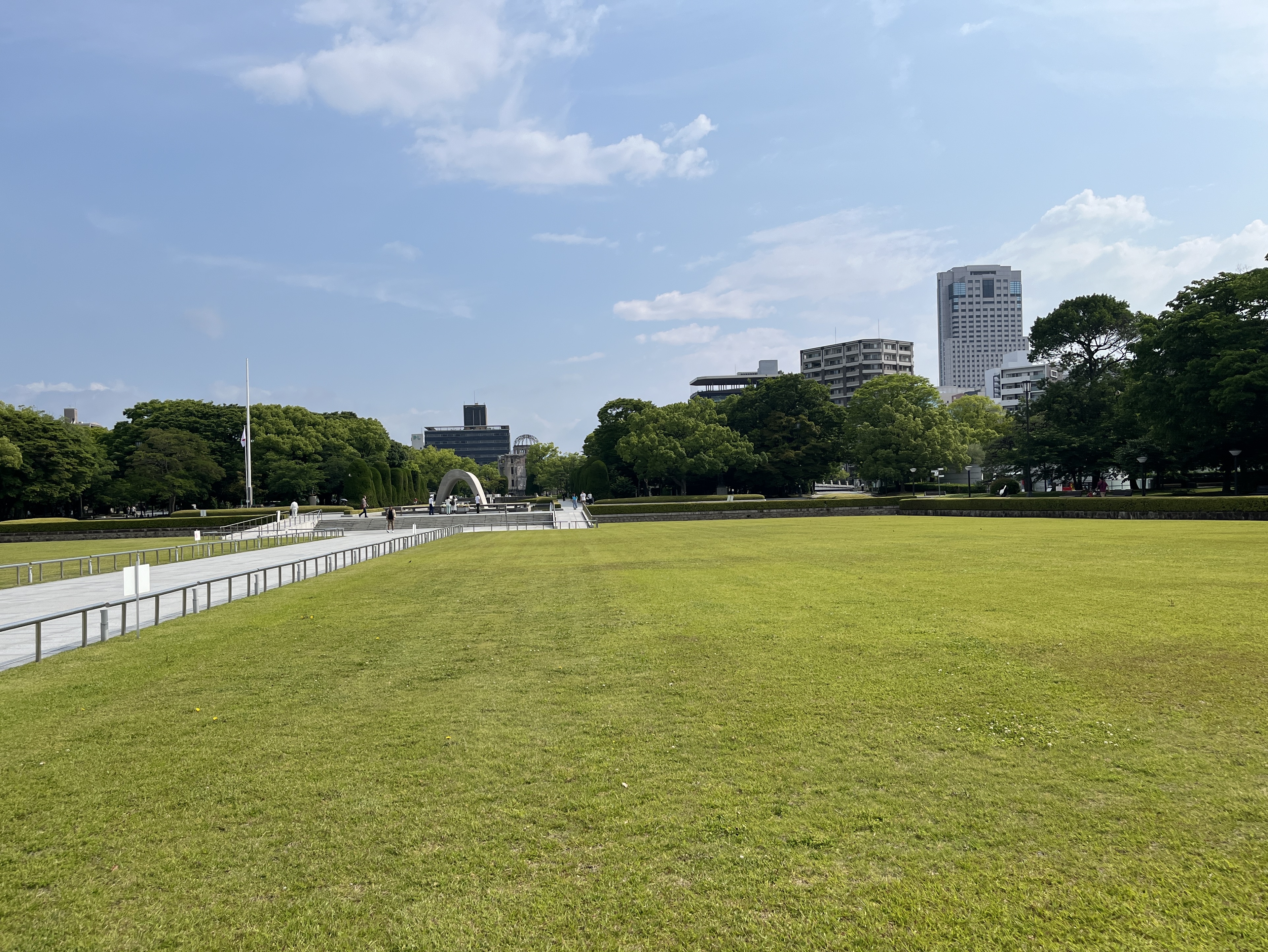
Frequently Asked Questions
Is the park suitable for children? Yes, but some museum exhibits may be intense for young children. The Children’s Peace Monument is especially meaningful for families.
Can I join a guided tour? Yes, English-language tours are available. Check with the museum or local tourism office for schedules.
What should I bring? Comfortable shoes, water, tissues, and an open mind. Origami cranes are welcome if you wish to contribute to the Children’s Peace Monument.
Final Thoughts
Hiroshima Peace Memorial Park is a place that will stay with you long after your visit. It’s a powerful reminder of the past, a call for peace, and a testament to the resilience of the human spirit. Whether you’re a history buff, a peace advocate, or simply curious, this park offers an unforgettable experience for every traveler.
Ready to add Hiroshima to your Japan itinerary? Let this guide help you make the most of your journey—and may your visit inspire hope for a more peaceful world.
